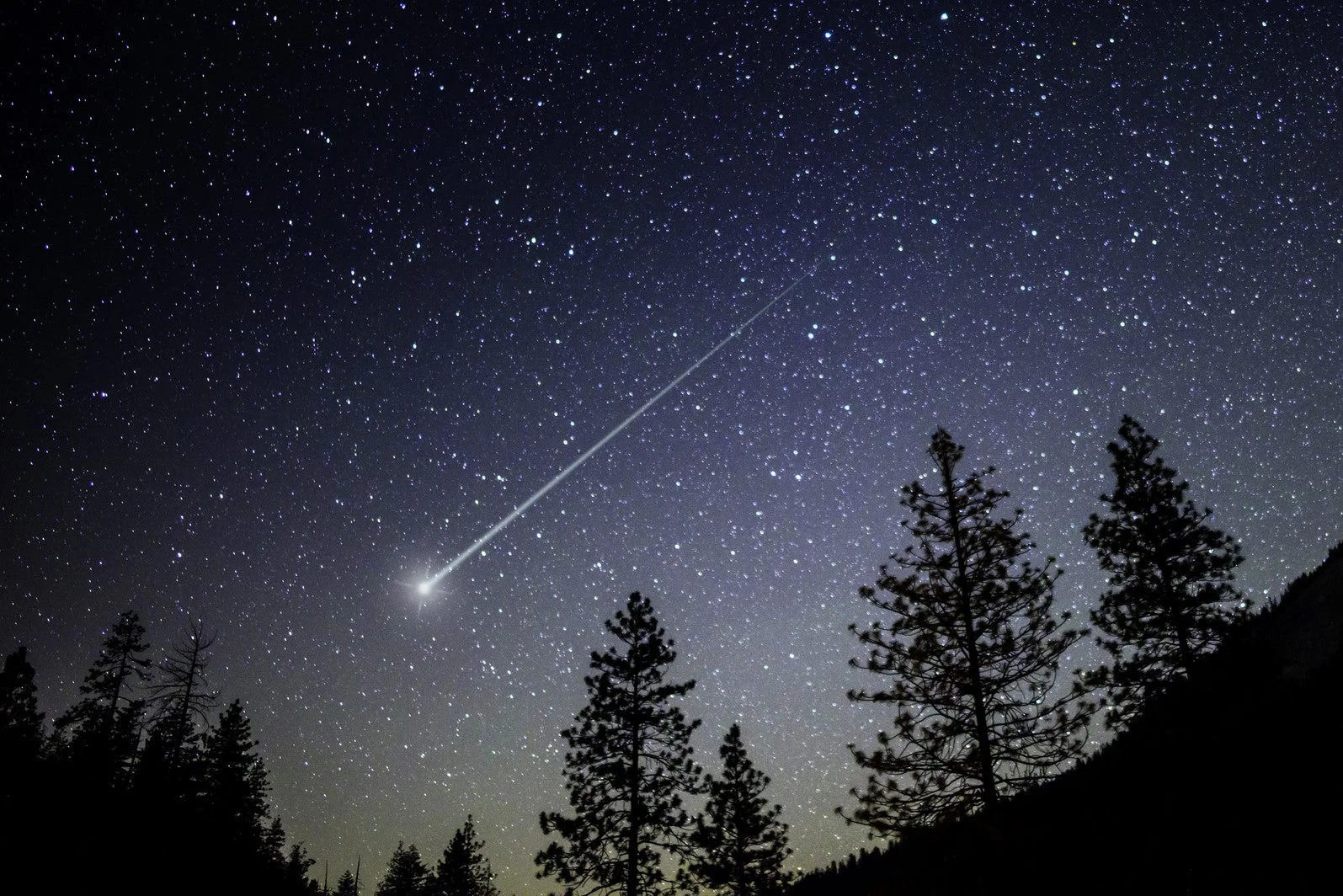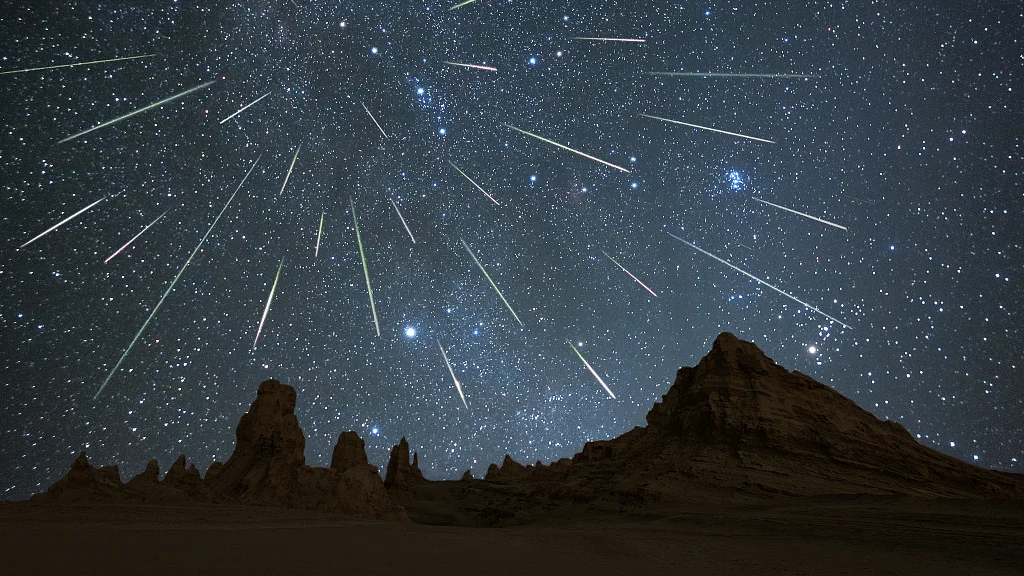The Perseid meteor shower is one of the most anticipated celestial events of the year, offering a spectacular display of shooting stars for those who take the time to look up. This guide will help you understand when and where to watch, the origins of the meteors, and tips for the best viewing experience.
Table of Contents

Also Read: Chile to Install World’s Largest Astronomy Camera on the Edge of Atacama Desert
When and Where to Watch
The Perseid meteor shower peaks between August 11th and 13th, but you don’t have to wait until those specific dates to start spotting meteors. The shower began in July and will continue throughout most of August, giving you plenty of opportunities to catch a glimpse. The best time to watch is after midnight until about an hour before sunrise. For optimal viewing, find a dark location away from city lights with a clear, unobstructed view of the sky.
The Origins and Debris of the Perseids
The Perseid meteor shower is named after the constellation Perseus, where the meteors appear to originate. These meteors are actually debris from the Swift-Tuttle comet, a massive comet that orbits the sun every 133 years. As Earth passes through the comet’s trail of cosmic dust, these particles enter our atmosphere and burn up, creating the brilliant streaks of light we see as meteors. Despite traveling at speeds of up to 37 miles per second, these tiny fragments pose no threat to our planet.
Peak Intensity: What to Expect
During most nights, you might only see a few meteors per hour, but during the peak of the Perseid shower, the number can increase dramatically. On the peak nights, if conditions are right, you could witness over 100 meteors per hour. These shooting stars are brief but stunning, each one a fleeting reminder of the vastness of space and the ongoing activity within our solar system.
Tips for the Best Meteor-Watching Experience
To make the most of your Perseid meteor shower experience, follow these simple tips:
1. Find a Dark Spot
Light pollution can significantly reduce the number of meteors you see. Seek out the darkest location you can find, away from city lights. National parks, rural areas, or even a secluded backyard can be great options.
2. Maximize Your Sky View
To increase your chances of spotting meteors, lie down or recline in a deck chair so you can take in as much of the sky as possible. The wider your field of vision, the better.
3. Let Your Eyes Adjust
It takes time for your eyes to fully adjust to the dark, so be patient. After about 20-30 minutes, you’ll notice more meteors and fainter stars. Try to avoid looking at your phone or any bright lights, as this can reset your night vision.
4. Bring the Right Gear
A comfortable chair, a blanket, and a thermos of hot drink can make your meteor-watching experience much more enjoyable. While you don’t need any special equipment to see the Perseids, a pair of binoculars or a camera can enhance the experience.




